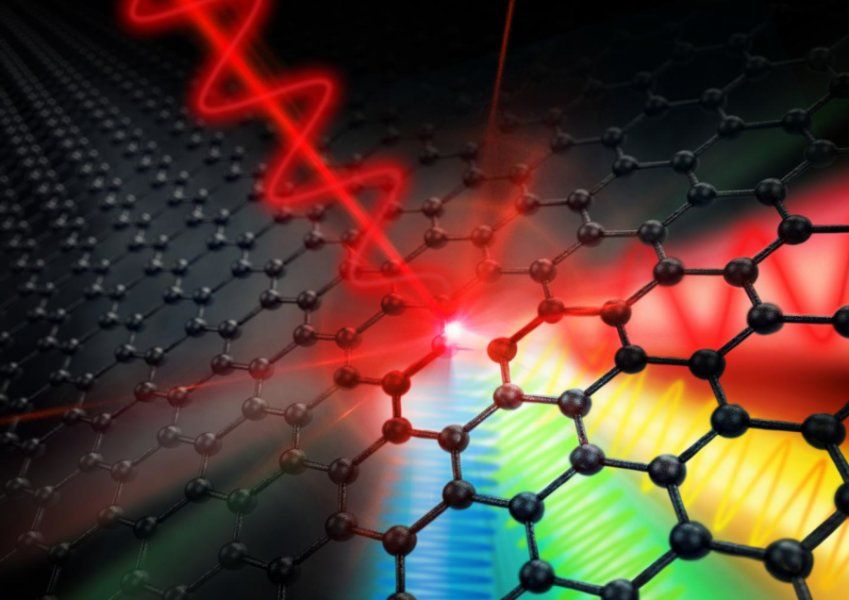Graphene — an ultrathin material consisting of a single layer of interlinked carbon atoms — is considered a promising candidate for the nanoelectronics of the future. In theory, it should allow clock rates up to a thousand times faster than today’s silicon-based electronics. Scientists from the Helmholtz Zentrum Dresden-Rossendorf (HZDR) and the University of Duisburg-Essen (UDE), in cooperation with the Max Planck Institute for Polymer Research (MPI-P), have now shown for the first time that graphene can actually convert electronic signals with frequencies in the gigahertz range — which correspond to today’s clock rates — extremely efficiently into signals with several times higher frequency. The researchers present their results in the scientific journal Nature.
Sep 12, 2018
Graphene enables clock rates in the terahertz range
Posted by Genevieve Klien in categories: materials, particle physics
Read more










Comments are closed.